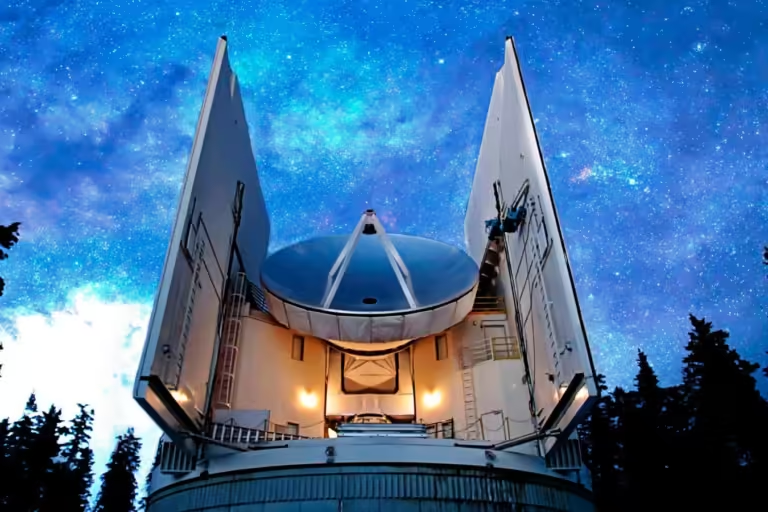
We live in the age of black hole photography. In 2019, the first photograph of a black hole was published. Naturally, it was difficult to capture. In fact, it required a telescope almost as large as the Earth. But for researchers like Alex Lupsaski of Vanderbilt University in Tennessee, that wasn’t enough. Lupsaski and his colleagues aim to capture a more detailed image, but to achieve that, they will need an even larger telescope.
The 2019 groundbreaking photo was taken by a network of radio observatories dotted around Earth, collectively known as the Event Horizon Telescope (EHT). Eight observatories worked together to produce an image as sharp as a single dish larger than anything we could actually build. Lupsaski is part of a team planning the launch of the Black Hole Explorer (BHEX) telescope, which will extend this network 20,000 kilometers from Earth into space, effectively creating a receiver larger than Earth. This, he says, will give researchers the precision they need to measure a mysterious part of a black hole called the photon ring. In this case, the photon ring is produced by the supermassive black hole M87* in a nearby galaxy that appeared in the first photo.
Lupsaaska, deputy project scientist for the BHEX mission, is a theorist who specializes in the physics of extreme environments like the center of a black hole. He told us why he thinks this is our best hope of beating Albert Einstein’s theory of gravity, and why an ambitious space mission is key to finally beating the theory…

